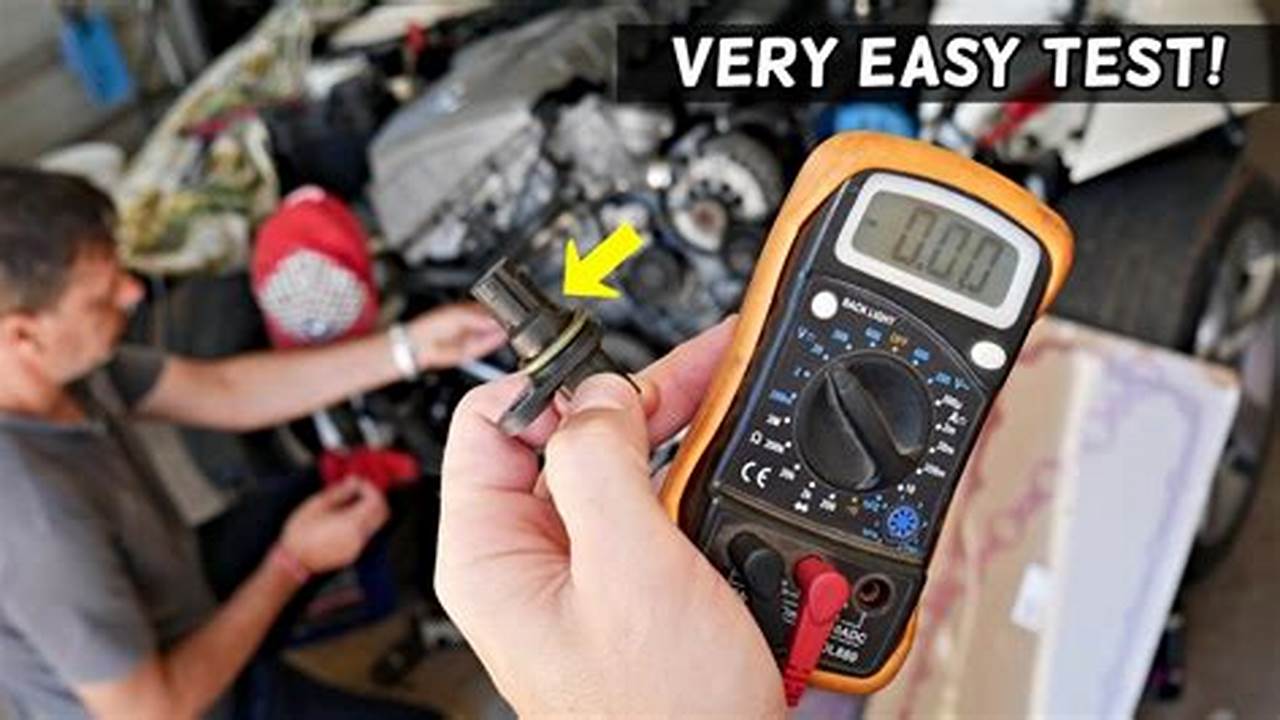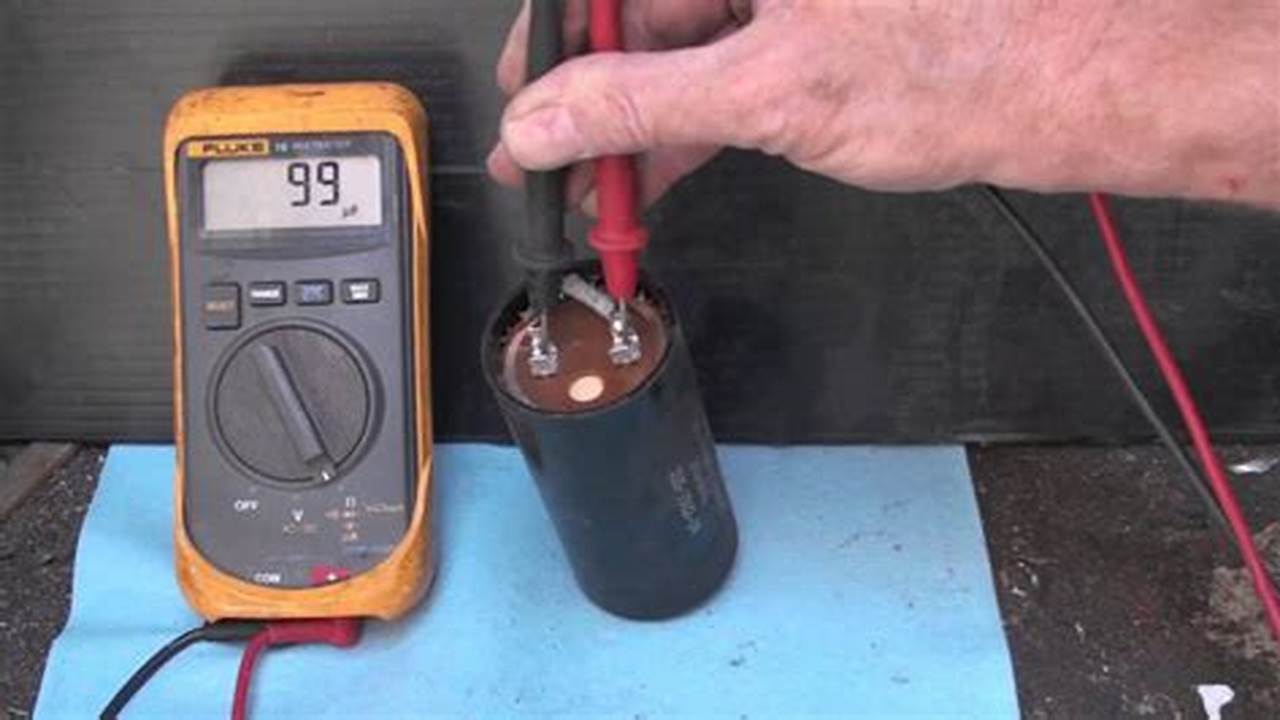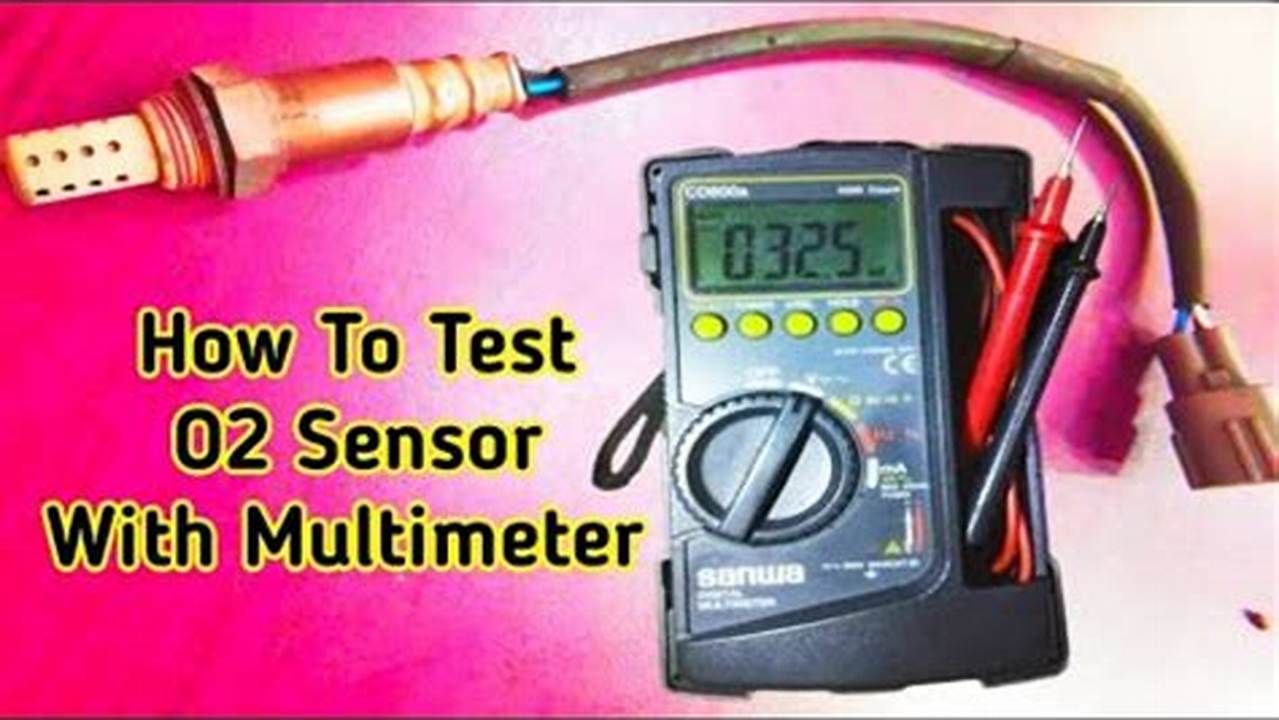
A cam positioning sensor is a device that determines the position of a camshaft in an internal combustion engine. This information is used by the engine’s electronic control unit (ECU) to control the timing of the engine’s valves. A faulty cam positioning sensor can cause a variety of engine problems, including rough idling, poor fuel economy, and reduced power.
There are several ways to test a cam positioning sensor. One method is to use an oscilloscope to measure the sensor’s output signal. The oscilloscope should be connected to the sensor’s signal wire, and the engine should be running. The oscilloscope should display a waveform that corresponds to the position of the camshaft. Another method of testing a cam positioning sensor is to use a multimeter to measure the sensor’s resistance. The multimeter should be set to the ohms setting, and the probes should be connected to the sensor’s terminals. The multimeter should display a resistance value that is within the manufacturer’s specifications.





